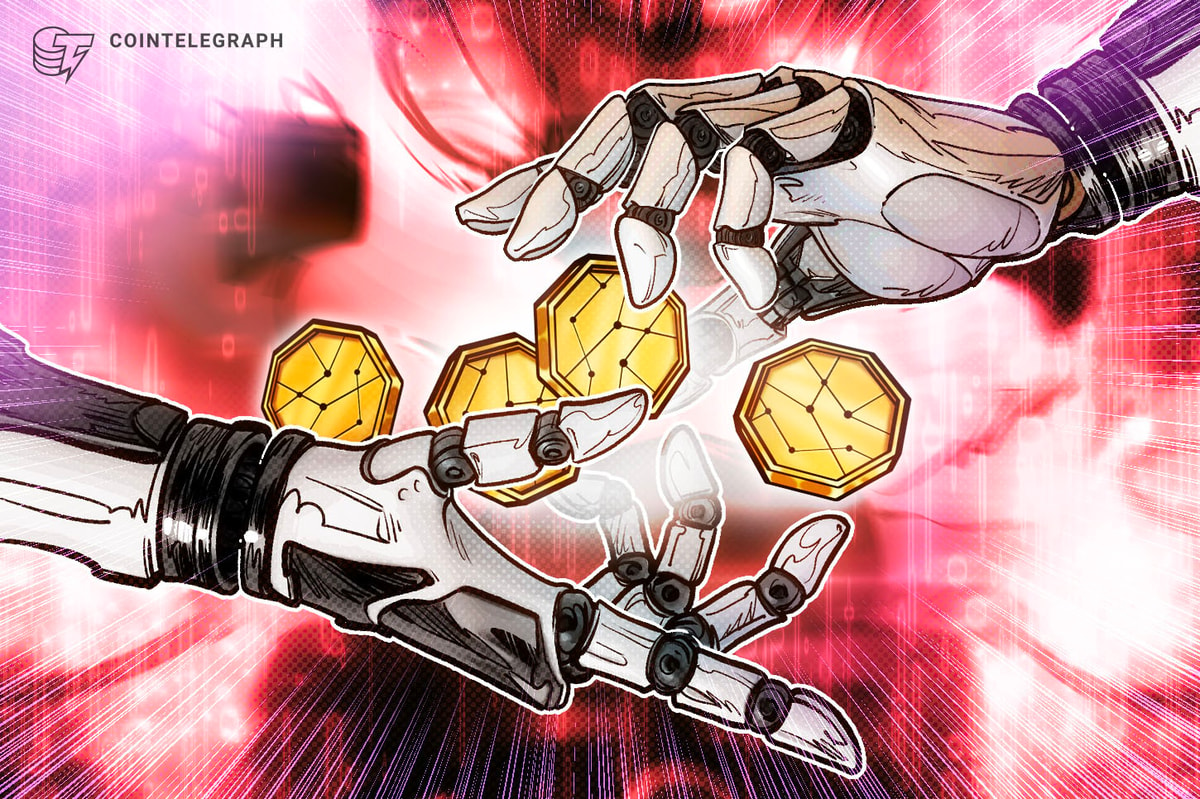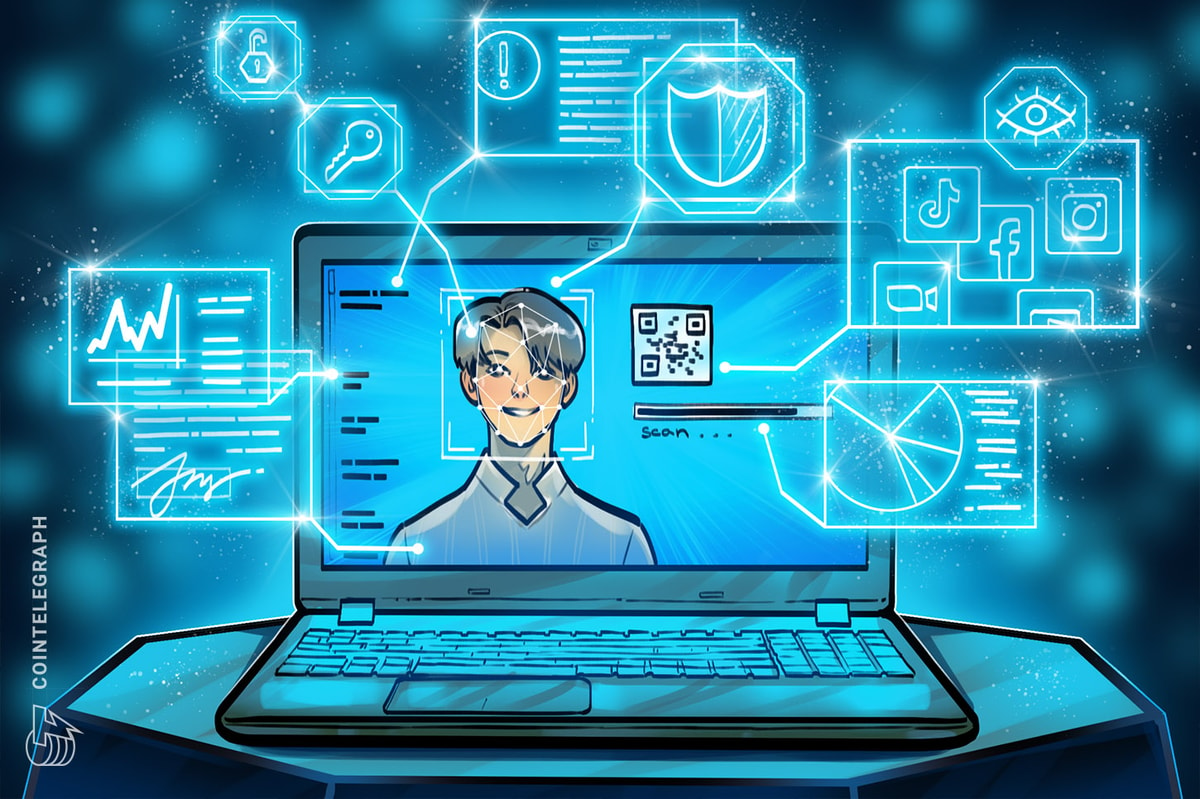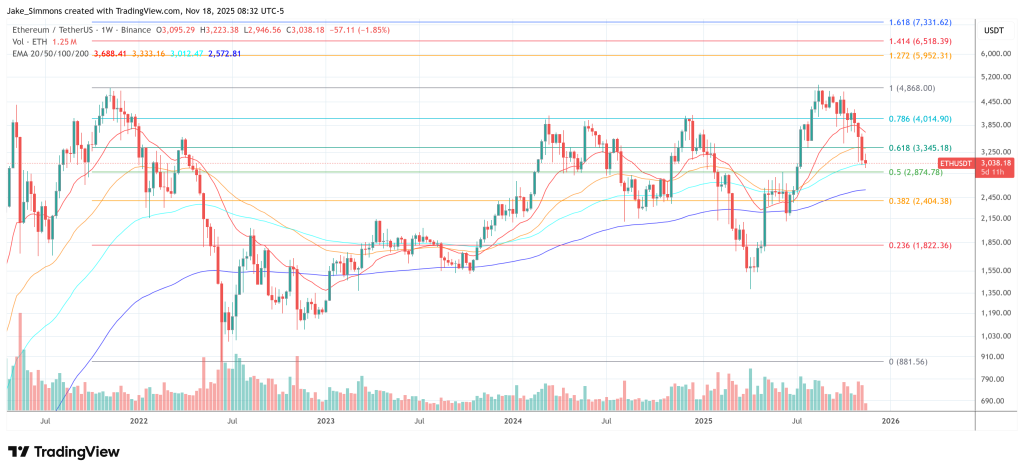Hong Kong’s Cyberport Aims to Become a Global Tech Leader with Web3 and AI Investments
Hong Kong’s Efforts to Position Itself as a Global Tech Leader
Hong Kong’s Cyberport, a government-backed business hub focused on Web3, blockchain, and artificial intelligence, is increasing its investment in emerging technologies to position the city as a global tech leader.
Cyberport Hosts AI Summit and Forum
On February 27, Cyberport hosted the "AI Safety, Trust, and Responsibility" forum with international AI academic institutions to discuss AI governance, safety, and responsible innovation initiatives. This event aimed to facilitate collaboration and knowledge sharing among experts and academics to promote responsible AI development.
Cyberport’s Hub for Blockchain and AI
The Cyberport hub hosts over 270 blockchain technology-related enterprises and more than 350 startups specializing in AI and big data research and development. This hub provides a platform for entrepreneurs and innovators to develop and showcase their projects.
Hong Kong Government’s 2025-26 Budget
A day prior, on February 26, the Hong Kong government’s 2025-26 budget paid special attention to emerging technologies, aiming to "seize the critical opportunities presented by technological reform and artificial intelligence development." The Chinese Special Administrative Region allocated 1 billion Hong Kong dollars ($125.5 million) to establish the Hong Kong AI Research and Development Institute.
Investments in Web3 and AI
The Hong Kong government has committed to investing heavily in Web3 and AI through the Cyberport hub. The Hong Kong AI Research and Development Institute will focus on "facilitating upstream R&D, transforming midstream and downstream R&D outcomes, and expanding application scenarios."
Artificial Intelligence Supercomputing Centre (AISC)
To fuel Web3, blockchain, and AI innovation, the Cyberport’s Artificial Intelligence Supercomputing Centre (AISC), which launched on December 9, 2024, will grow to a computing power of 3,000 petaFLOPS and will be able to process 3,000 quadrillion floating-point operations per second.
Streamlining AI Research and Talent Development
The World Digital Technology Academy (WDTA) has also announced the establishment of the "WDTA Asia-Pacific Institute" at Cyberport. The institute will focus on building a "safety-native" technological framework, establishing a "human-oriented" value system, and committing to "responsible innovation."
Cyberport’s Support for Startups and Talent Development
Cyberport has signed numerous Memorandums of Understanding (MoUs) with universities and institutions to help students with internship and employment opportunities. The Hong Kong government has also allocated 3 billion Hong Kong dollars ($385.6 million) to Cyberport for the launch of a three-year AI Subsidy Scheme to support innovations.
Conclusion
Hong Kong’s efforts to position itself as a global tech leader are evident through its investments in emerging technologies, including Web3 and AI. The government’s 2025-26 budget has allocated significant funds to support the development of these technologies, and Cyberport’s hub is providing a platform for entrepreneurs and innovators to develop and showcase their projects.
FAQs
Q: What is Cyberport’s focus on?
A: Cyberport is a government-backed business hub focused on Web3, blockchain, and artificial intelligence.
Q: What is the Hong Kong AI Research and Development Institute?
A: The Hong Kong AI Research and Development Institute is a new initiative established with a budget of 1 billion Hong Kong dollars ($125.5 million) to focus on AI governance, safety, and responsible innovation.
Q: What is the Artificial Intelligence Supercomputing Centre (AISC)?
A: The AISC is a supercomputing centre launched on December 9, 2024, which will grow to a computing power of 3,000 petaFLOPS and will be able to process 3,000 quadrillion floating-point operations per second.
Q: What is the WDTA Asia-Pacific Institute?
A: The WDTA Asia-Pacific Institute is a new initiative established at Cyberport to focus on building a "safety-native" technological framework, establishing a "human-oriented" value system, and committing to "responsible innovation."









